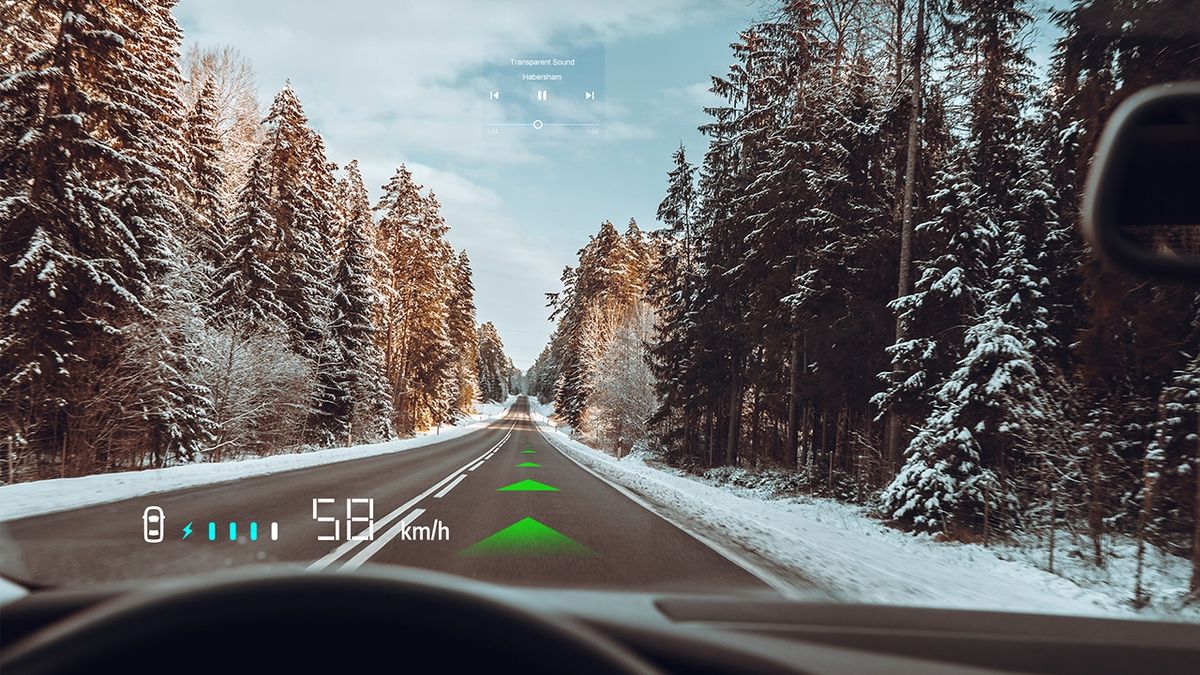
Imagine cruising down the highway, your eyes on the road, when suddenly, a transparent display flashes before you, projecting essential navigation details, traffic updates, and vehicle diagnostics – all without the need to glance away from the windshield. This isn’t a scene from a sci-fi movie; it’s the reality of driving with the latest Augmented Reality Head-Up Display (AR HUD) technology developed by FIC, a game-changer set to redefine automotive safety and convenience as we know it.
The Dawn of AR Driving
At the heart of this transformation lies the AR HUD, a technological marvel that integrates seamlessly into the driving experience. Utilizing state-of-the-art Location Based Services (LBS) technology, it offers drivers a high contrast, high brightness display that remains clear across various conditions – be it the glaring sun of midday or the dense fog of an early morning. This ensures that crucial information is always within the driver’s line of sight, significantly reducing the risk of distraction and, by extension, accidents.
But the implications of this technology go beyond individual convenience and safety. By keeping drivers focused on the road and informed about their surroundings, AR HUDs stand to substantially decrease the number of road accidents, a perennial concern in the transportation sector. Moreover, as the automotive industry strides towards fully autonomous vehicles, AR HUDs are poised to play a pivotal role in bridging the gap between traditional driving and the future of transport.
Challenges and Considerations
Despite the promising potential of AR HUD technology, its implementation is not without challenges. High costs of development and integration into existing vehicle models pose significant hurdles, potentially limiting initial adoption to luxury or high-end cars. Additionally, the technology’s reliance on real-time data demands robust and reliable connectivity solutions, raising questions about its performance in areas with poor network coverage.
There’s also the matter of driver adaptation. The introduction of any new technology in the driving experience necessitates a learning curve. Ensuring that AR HUDs enhance rather than complicate the driving process requires careful consideration of design and user interface. It’s a delicate balance between innovation and intuition.
Looking Ahead: The Future of AR in Automotive
Despite these hurdles, the trajectory of AR HUD technology in the automotive industry is undeniably upward. With ongoing advancements in AR and connectivity technologies, the future promises even more sophisticated applications. From fully integrated AR systems in autonomous vehicles to advanced AR-based traffic management in smart cities, the potential is limitless. As these technologies mature, their adoption will likely extend beyond luxury models, becoming a standard feature in everyday vehicles.
Moreover, the broader implications for road safety, traffic efficiency, and driver convenience cannot be overstated. As we stand on the cusp of this technological revolution, the promise of a safer, more efficient, and more connected driving experience is within reach. The AR HUD technology by FIC is not just an innovation; it’s a beacon leading the way towards a future where the road traveled is as important as the destination itself.
